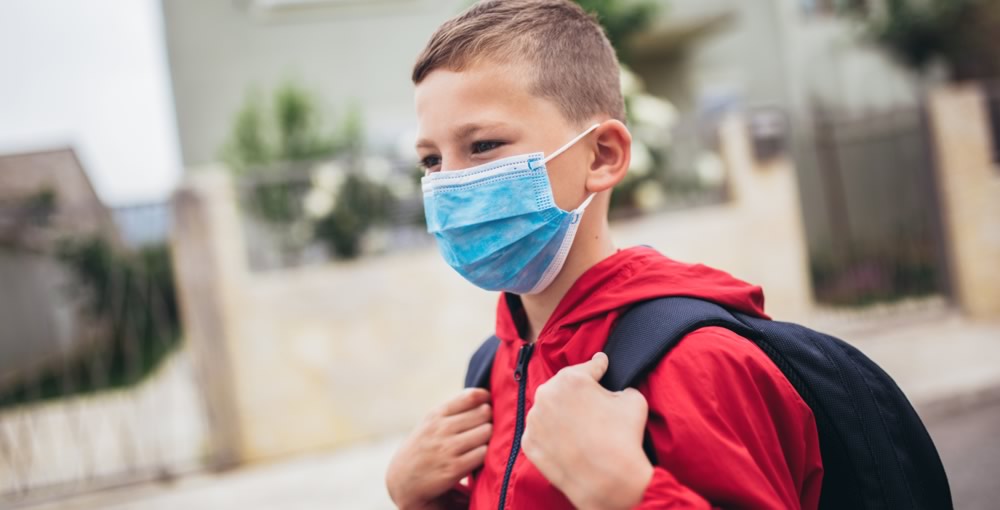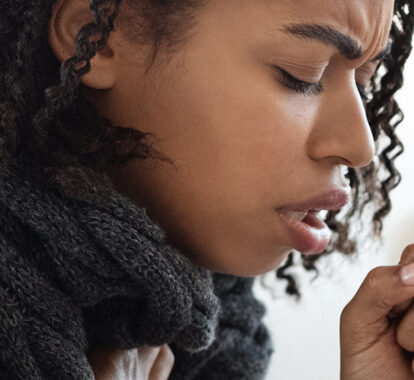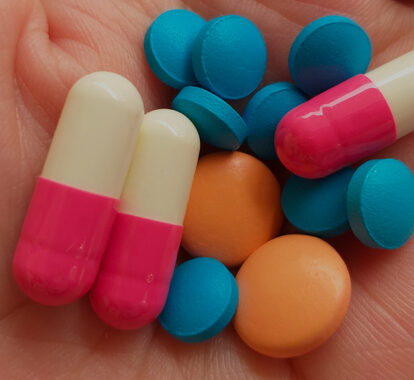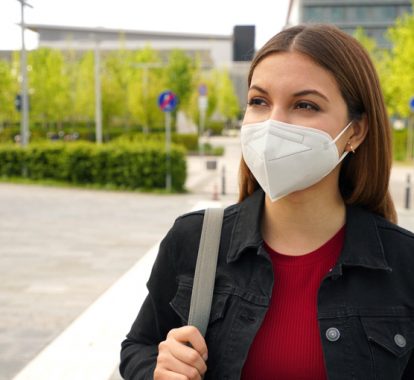Back-to-school in the COVID-19 pandemic: 5 important things to know
August 20, 2020

Schools across our community have diligently planned to create a safe, social distanced environment for children as they head back into the classroom for in-person learning during the pandemic.
As we have learned since the onset of the pandemic, people in close proximity for extended periods of time can increase the spread of COVID-19.
“Knowing the guidelines and rules allows parents to plan, which in turn helps reduce fear and anxiety,” said Texas MedClinic Chief Operating Officer and practicing physician Dr. David Gude.
The CDC has provided these back-to-school guidelines.
Most importantly, Gude recommends continuing to wear masks or face coverings, maintain a
6-feet distance from other people, and wash hands frequently for at least 20 seconds.
5 things to know about school and COVID-19
- What do you do when a child in your child’s classroom tests positive for COVID-19?With a positive diagnosis in a classroom, children who were in close proximity of the child who tested positive will be asked to quarantine for 14 days.A quarantine is for those people who are NOT ill with COVID-19 but may have significant exposure to a person who was diagnosed with COVID-19.
Health authorities require a 14-day quarantine because COVID-19 symptoms are not apparent immediately and can take up to 14 days to develop.
Bottom line: Quarantine = minimize contact with all except those in household.
- What does “close proximity” or exposure mean? The CDC defines exposure as a person being within 6 feet or less for longer than 15 minutes of a person who tested positive for COVID-19. Check with your child’s school district for their respective guidelines and rules.
- When should you test your child for COVID-19 if they were exposed or in the same classroom as a child who tested positive for COVID-19? CDC guidelines recommend testing when symptoms arise or 5-8 days post exposure to receive the most accurate results.
- What COVID-19 tests are best for children?COVID-19 tests that are administered with a nasal or mouth swab may be more comfortable for children, and thus easier to administer to receive the most accurate results.There are two COVID-19 tests that are available for both adults and children to learn if a person is infected: a PCR test and an antigen test.
The PCR test can be administered with a mouth swab, nasal swab or a nasopharyngeal swab.
The antigen test uses a nasal swab, which is similar to a swab used for a flu test.
Do not use an antibody blood test to determine if a person has an active COVID-19 infection. Antibody tests indicate prior infection, and our not recommended by any health authorities except in research settings.
- What do you do if your child begins to show symptoms of COVID-19? If your child develops COVID-19 symptoms, you should have them tested and seek medical care through your pediatrician or family doctor or go to an urgent care center.The cities of San Antonio, New Braunfels and Austin offer free testing; check their websites by for drive thru or walk up locations by clicking on the respective city.
Texas MedClinic cares for children and offers a COVID-19 PCR test as well as a rapid antigen test that is safe and accurate and provides results in 15 minutes.





